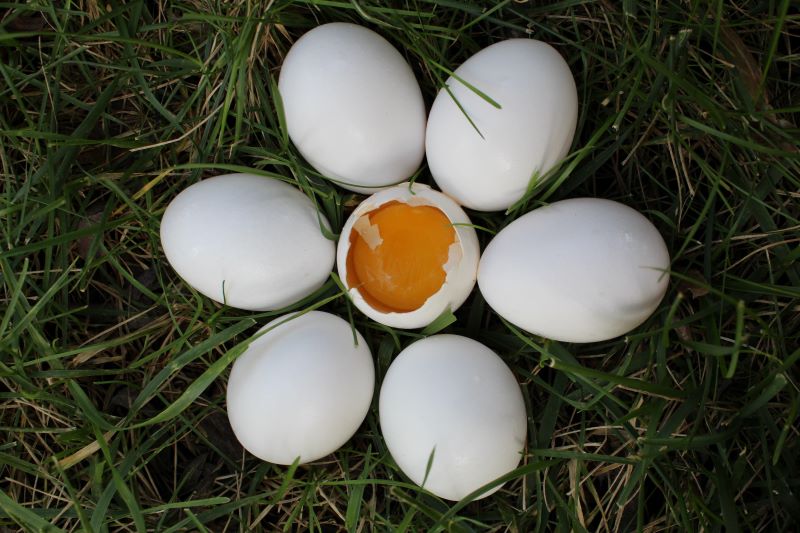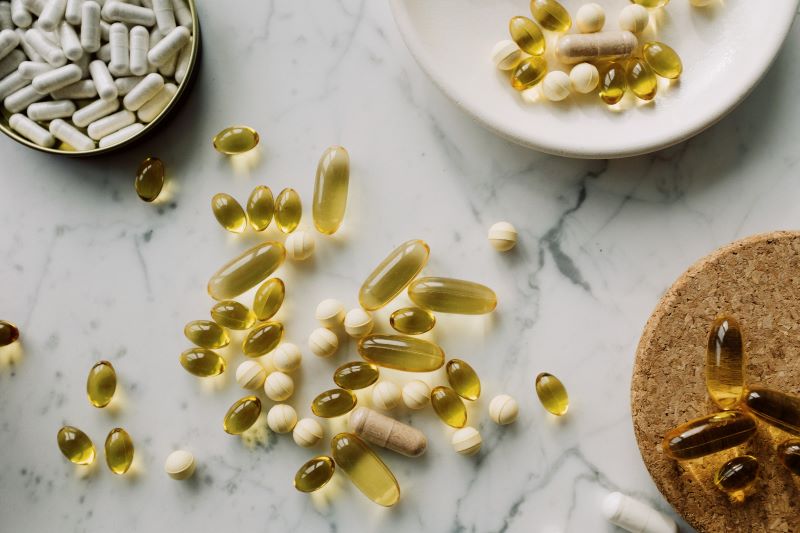5 easy ways to get more Vitamin D without being in the sun the whole time

Vitamin D is an essential nutrient that our body needs for many vital processes such as metabolism, and building and maintaining strong bones by increasing the intestinal absorption of calcium. And yet, a vitamin D deficiency is estimated to still affect 13 per cent of the world’s population today.
Low levels of vitamin D lead to low bone calcium stores, increasing the risk of bone-related problems such as fractures, osteoporosis and spinal deformities.
While most vitamin D is typically harnessed through sunlight, we are increasingly becoming more dependent on artificially fortified foods and supplements to ensure adequate intake of this vital nutrient, due to increasing concerns of excessive sun exposure and associated risk of skin cancer.
So how do you ensure you’re getting enough Vitamin D without being in the sun the whole time? Check out these 5 easy ways:-

Fatty fish and seafood are among the richest natural food sources of vitamin D. In fact, 100g of canned salmon already provides approximately 50 per cent of the RDI (required daily intake) of Vitamin D, while two pieces of the more affordable canned sardines provide about 12 per cent of your RDI.
Obviously, the exact vitamin D content in seafood varies changes with different species, but fish and seafood generally regarded to be rich in vitamin D include tuna, mackerel, oysters, shrimp, sardines and anchovies.
Bonus: Apart from being high in Vitamin D, fatty fish are also high in protein, omega-3 fatty acids and calcium too, so it’s a win-win situation on other health fronts too.
Mushrooms are the only natural vegetarian source of vitamin D, and like us, they also make their own vitamin D with exposure to UV light from the sun.
Again, while the vitamin D content depends on the type of mushroom, wild mushrooms usually have more vitamin D than commercially grown types. For instance, wild maitake provide as much as 300 per cent of the RDI from a 100g serving.

Egg yolks get a bad rep for raising levels of bad cholesterol. However, completely avoiding egg yolks means missing out on the vital minerals they contain, including vitamin D, zinc and selenium, all of which play important roles in boosting the immune system.
One egg yolk amounts to about 10per cent of vitamin D RDI, which is great news considering how easy it is to include egg yolks into your diet.
Some research shows that eggs from quality pasture-raised or free-range chickens can offer up to 20 per cent of the RDI of vitamin D, depending on how much outdoors time the chicken has been exposed to.
Likewise, quality of the chicken feed can also affect the vitamin D content of eggs, as those fed vitamin-D-enriched grain can produce yolks that contain 100 per cent of the RDI.
The major dietary source of vitamin D comes from fortified diary, along with some yogurts and cereals, all of which help to increase Vitamin D intake easily.
Few foods contain high levels of vitamin D naturally, and since liquid vitamin D is better absorbed than the pill form, vitamin-D-fortified foods commonly include milk; orange juice; plant-based milk alternatives such as soy and almond milk, as well as tofu. Seriously doesn’t get easier than this.

Despite trying to eat right and getting enough sunlight, taking a vitamin D supplement is increasingly becoming the most trusted (and easiest) way for most people to ensure adequate intake of this precious nutrient.
Vitamin D supplements come in two forms: D2, harvested from yeast or mushrooms that have been exposed to UV rays, and D3, derived from fish oil.
D3 is generally believed to be more effective at raising and maintaining overall vitamin D levels than D2, and 1,000 – 4,000 IU of it is the normal daily dose for maintaining healthy levels, depending on your current vitamin D levels.
Tip: As vitamin D is fat-soluble, consuming your soft gel with fatty foods may help increase its rate of absorption.
This article was first published in Wonderwall.sg.